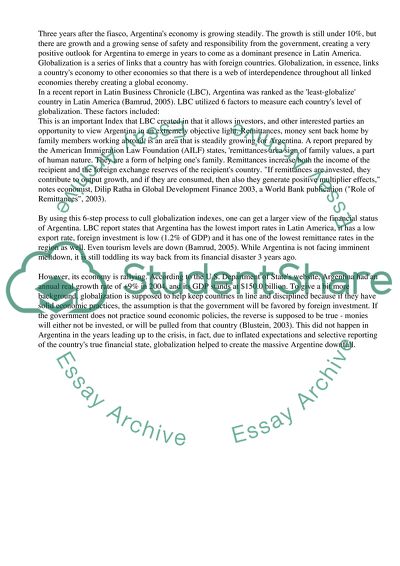Cite this document
(“Argentinian Financial Crisis Essay Example | Topics and Well Written Essays - 2000 words”, n.d.)
Argentinian Financial Crisis Essay Example | Topics and Well Written Essays - 2000 words. Retrieved from https://studentshare.org/business/1527883-argentinian-financial-crisis
Argentinian Financial Crisis Essay Example | Topics and Well Written Essays - 2000 words. Retrieved from https://studentshare.org/business/1527883-argentinian-financial-crisis
(Argentinian Financial Crisis Essay Example | Topics and Well Written Essays - 2000 Words)
Argentinian Financial Crisis Essay Example | Topics and Well Written Essays - 2000 Words. https://studentshare.org/business/1527883-argentinian-financial-crisis.
Argentinian Financial Crisis Essay Example | Topics and Well Written Essays - 2000 Words. https://studentshare.org/business/1527883-argentinian-financial-crisis.
“Argentinian Financial Crisis Essay Example | Topics and Well Written Essays - 2000 Words”, n.d. https://studentshare.org/business/1527883-argentinian-financial-crisis.


